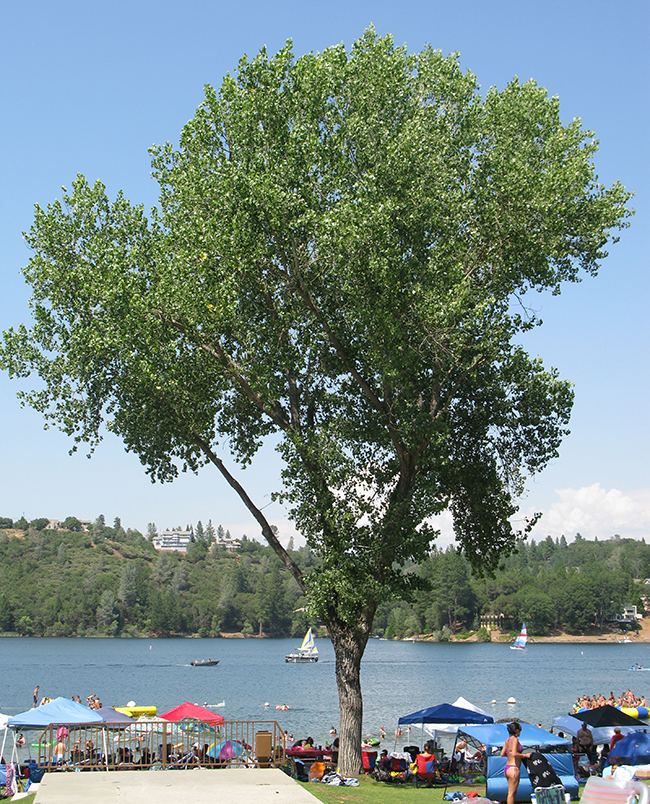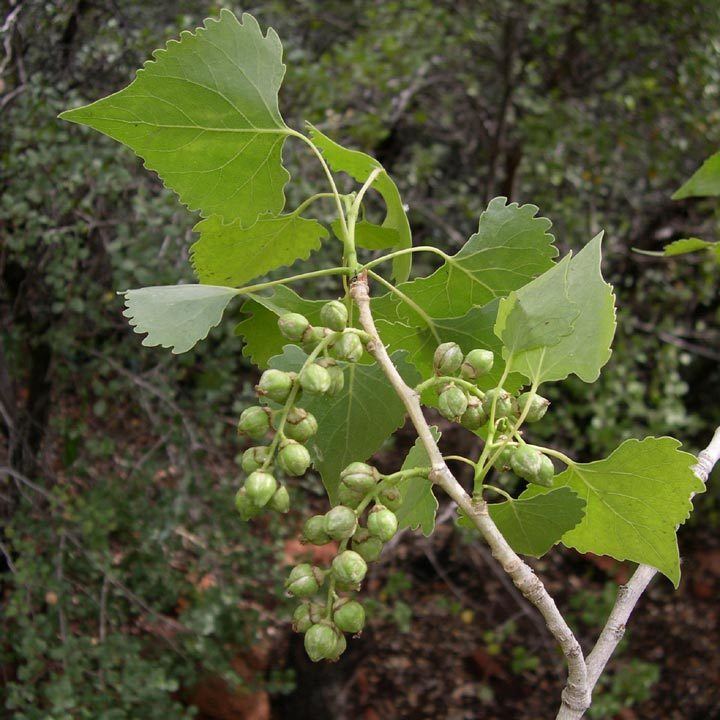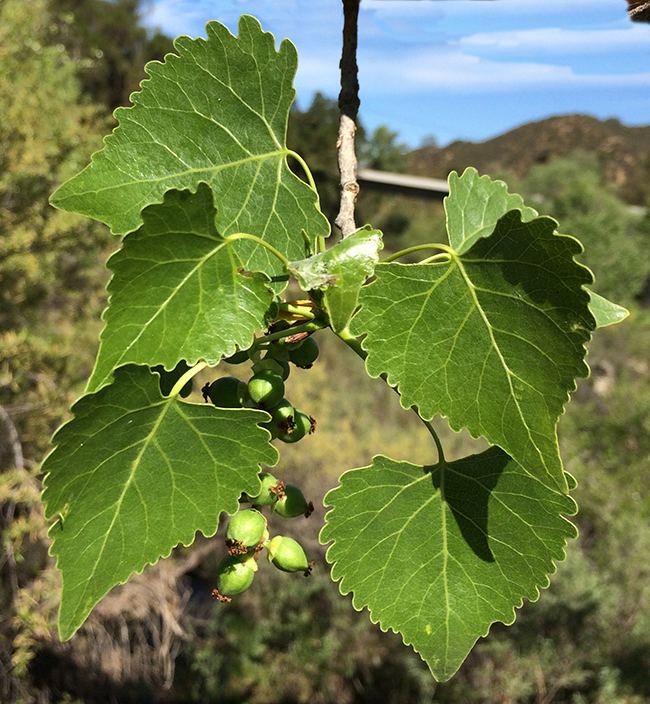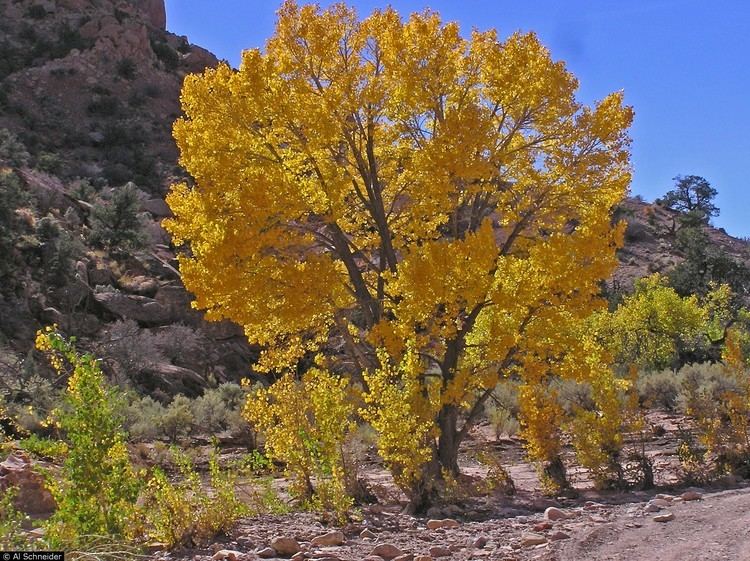Section Aigeiros | Genus Populus Scientific name Populus fremontii Rank Species | |
 | ||
Similar Cottonwood, Populus angustifolia, Salix gooddingii, Populus sect Aigeiros, Platanus racemosa | ||
Fremont cottonwood populus fremontii san diego californiamo
Populus fremontii, commonly known as Fremont's cottonwood or the Alamo cottonwood, is a cottonwood (and thus a poplar) native to riparian zones of the Southwestern United States and northern through central Mexico. It is one of three species in Populus sect. Aigeiros.
Contents
- Fremont cottonwood populus fremontii san diego californiamo
- Fremont cottonwood populus fremontii
- Distribution
- Description
- Subspecies or varieties
- Cultivation
- Native Americans
- References

Fremont cottonwood populus fremontii
Distribution

The tree is native to the Southwestern United States and Mexico. In the United States, the species can be found in California, Nevada, Utah, Arizona, New Mexico, Texas, and Colorado. In Mexico, it can be found in Baja California, Baja California Sur, Sonora , Chihuahua, Coahuila, Nuevo León, Mexico State, and Puebla.

The riparian tree grows near streams, rivers, springs, seeps, wetlands, and well-watered alluvial bottomlands at elevations below 2,000 m (6,600 ft) elevation.
Description

P. fremontii is a large tree growing from 12–35 m (39–115 ft) in height with a wide crown, with a trunk up to 1.5 m (4.9 ft) in diameter. The bark is smooth when young, becoming deeply fissured with whitish cracked bark on old trees.

The 3–7 cm (1.2–2.8 in) long leaves, are cordate (heart-shaped) with an elongate tip, with white veins and coarse crenate teeth along the sides, glabrous to hairy, and often stained with milky resin. Autumn colors occur from October–November, mainly a bright yellow, also orange, rarely red.
The inflorescence consists of a long drooping catkin, which blooms from March to April. The fruit is a wind dispersed achene, that appears to look like patches of cotton hanging from limbs, thus the name cottonwood.
The largest known P. fremontii tree in the United States grows in Skull Valley, Arizona. In 2012, it had a measured circumference of 557 in (1,410 cm; 46.4 ft), height of 102 ft (31 m), and a spread of 149.5 ft (45.6 m).
Subspecies or varieties
Two subspecies are currently recognized. Some confusion due to hybridization with a Rio Grande subspecies of Populus deltoides subsp. wislizeni had originally placed this eastern cottonwood subspecies as a P. fremontii subspecies, but it was removed in 1977.
Cultivation
P. fremontii is cultivated as an ornamental tree and riparian zone restoration tree. It is used in planting for: wildlife food and shelter habitats and ecological restoration; larger native plant and wildlife gardens and natural landscaping projects, windbreaks, erosion control, and shade for recreation facilities, parks, and livestock.
Fremont cottonwood was used in the past by settlers and ranchers for fuel and fence posts.
Native Americans
Native Americans in the Western United States and Mexico used parts of the Fremont cottonwood variously for a medicine, in basket weaving, tool making, and for musical instruments. The inner bark of Fremont cottonwood contains vitamin C and was chewed as an antiscorbutic, or treatment for vitamin C deficiency. The bark and leaves could be used to make poultices to reduce inflammation or to treat wounds.
The Pima people of southern Arizona and northern Mexico lived along Sonoran Desert watercourses and used twigs from the tree in the fine and intricate baskets they wove. The Cahuilla people of southern California used the tree's wood for tool making, the Pueblo peoples for drums, and the Lower Colorado River Quechan people in ritual cremations. The Hopi of Northeastern Arizona carve the root of the cottonwood to create kachina dolls.
